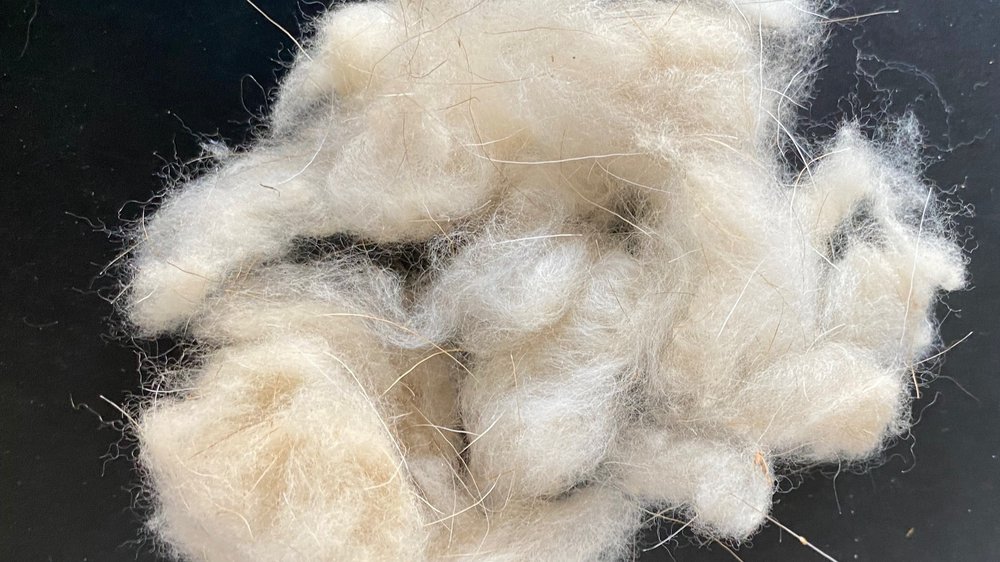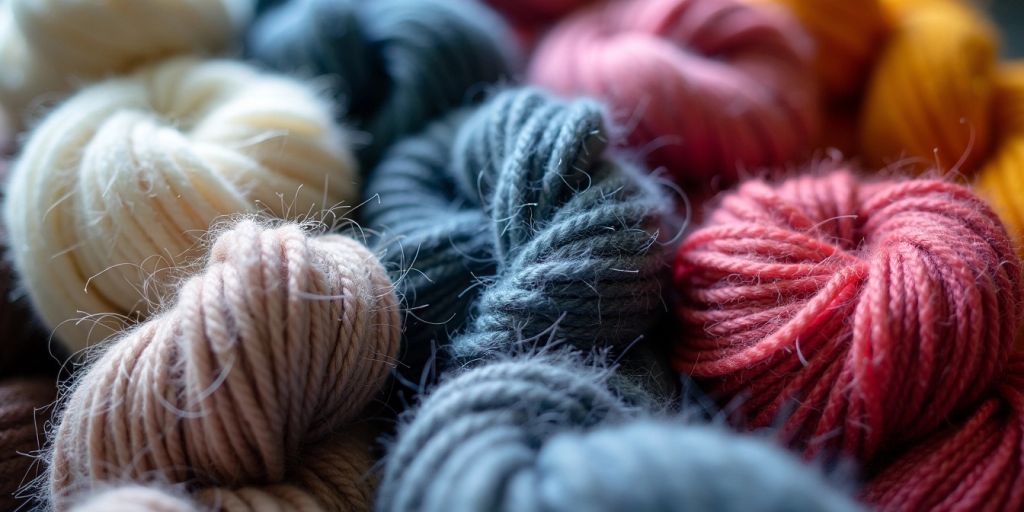The Perks of cashmere fibre: Why It’s the Most Sought-After Material
The Perks of cashmere fibre: Why It’s the Most Sought-After Material
Blog Article
Recognizing the Different Types of Cashmere a Natural Fiber and Their Unique Advantages

The Origins of Cashmere: A Historic Summary
While the elegant touch of cashmere remains to appeal modern-day customers, its beginnings map back to the extreme, chilly environments of Mongolia and the Mountain ranges. For centuries, the native individuals of these regions have actually been elevating Capra Hircus goats, the prime source of cashmere woollen. These goats, resilient versus the extreme winter seasons, expanded a great undercoat to survive, which later became called cashmere. The name itself admires Kashmir, a region in India where the wool was at first processed. Much of the very early cashmere trade course was helped with by the Silk Roadway, linking Asia with the Middle East and Europe. Regardless of its global spread, the finest cashmere is still believed to originate from the original regions of Mongolia and the Himalayas.

The Manufacturing Refine: From Goat to Garment
Shearing a Capra Hircus goat notes the inception of the complex cashmere manufacturing procedure. The resultant raw cashmere is then washed to eliminate contaminations such as dust, veggie, and oil matter.
The clean fiber is subjected to dyeing, rotating, and weaving, or knitting, to transform it into a material. Complicated treatments such as quality control checks and finishing processes comply with, making certain completion item maintains the lavish criterion anticipated of cashmere. This painstaking procedure, from goat to garment, justifies the high cost connected to cashmere products, making them a symbol of deluxe and refinement.
The Different Types of Cashmere: An Extensive Analysis

The Distinct Benefits of Cashmere: Convenience and Sustainability
Moving from the selection of cashmere types to the advantages they supply, comfort and sustainability stick out plainly. Cashmere, an all-natural fiber, is renowned for its unparalleled soft qualities, providing a level of comfort that synthetic fibers can't match. The material's agility, yet impressive warmth retention, makes it optimal for all periods. Cashmere's all-natural elasticity permits it to return to its initial form, making it resistant to extending or diminishing.
When it pertains to sustainability, cashmere is sustainable and biodegradable, as it's harvested from cashmere goats that regrow their layers each year. what is cashmere. Unlike artificial fibers which can take hundreds of years to disintegrate, cashmere's effect on the atmosphere is minimal. This mix of convenience and sustainability makes cashmere an advantageous choice for conscious consumers

Caring for Your Cashmere: Maintenance and Preservation Tips
While cashmere is unquestionably a lavish and lasting option, it requires specific like keep its high quality and prolong its lifespan. To begin, cashmere should be hand washed using cool water and a mild detergent. Avoid wringing the garment or twisting as it can damage the fibers. Rather, delicately squeeze out excess water and lay it level on a towel to dry. Furthermore, cashmere items should be stored in a great and completely dry location, away from direct sunlight and wetness. Using moth repellents can secure these garments from possible damage. Lastly, it's recommended to avoid hanging cashmere to stop stretching. Rather, layer and shop them effectively to keep their form and top quality with time.
Buying Cashmere: Comprehending Its Value and Well Worth
Although cashmere might at first seem like a pricey financial investment, its long-term worth and worth become noticeable when you consider its impressive high qualities. Understood for its unparalleled softness and heat, cashmere is a premium natural fiber that outperforms various other materials. Spending in cashmere, therefore, is not just regarding current fashion fads, however concerning embracing a sustainable, durable, and extravagant way of living.
Final Thought
In recap, the sort of cashmere one selects, be it Mongolian, Chinese, or Italian, is determined by individual choices for heat, budget, sustainability, and luxury. The value of cashmere prolongs past its rate, with convenience and durability including in its well worth. Appropriate treatment and upkeep can guarantee its conservation. Comprehending the origins, production procedure, and special advantages of various kinds i loved this of cashmere can lead customers in their investment in this extravagant all-natural fiber.
Whether it's the phenomenal heat of Mongolian cashmere, the cost of Chinese cashmere, or the eco-conscious manufacturing of useful site Italian cashmere, there's a tale to be found behind each fiber type. Cashmere, a natural fiber, is renowned for its exceptional softness, giving a degree of comfort that synthetic fibers can not match.When it comes to sustainability, cashmere is sustainable and naturally degradable, as it's gathered from cashmere goats who regrow their layers every year. Recognized for its unequaled gentleness and warmth, cashmere is a costs natural fiber that exceeds other materials. Understanding the beginnings, production procedure, and special benefits of various types of cashmere can guide customers in their investment in this elegant natural fiber.
Report this page